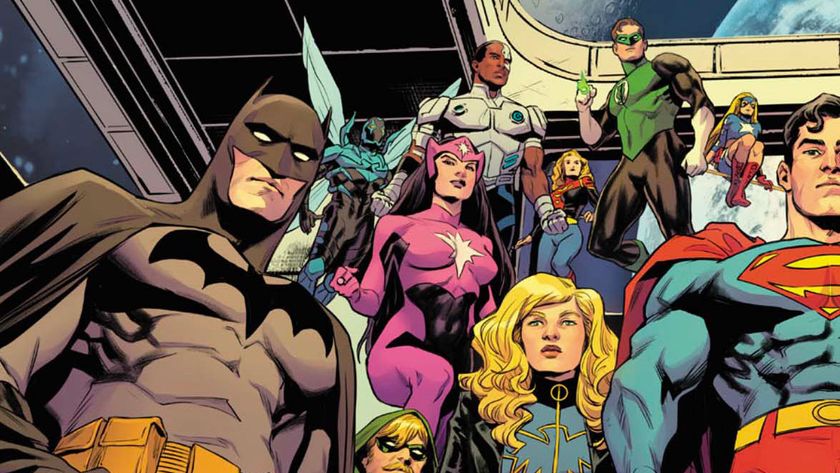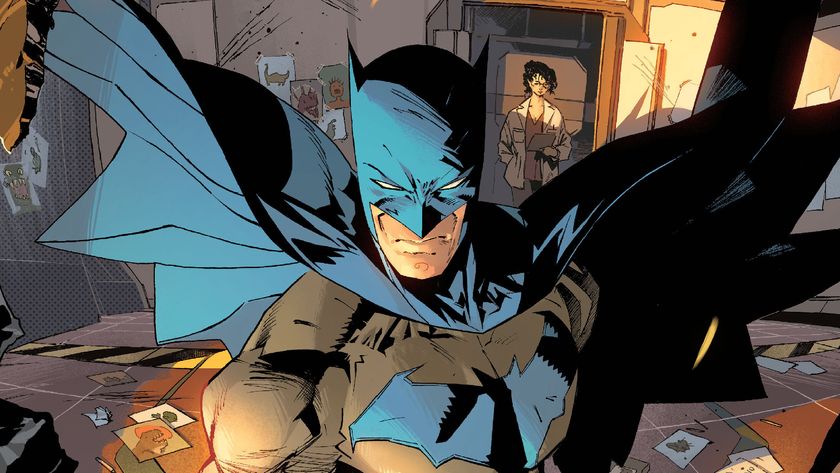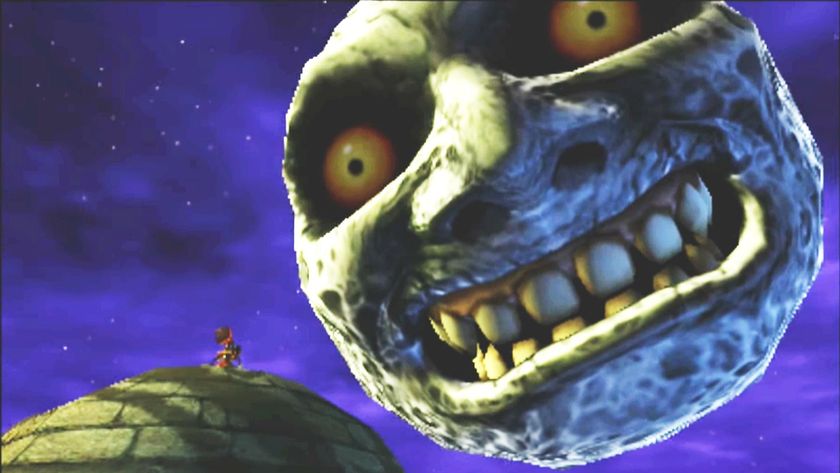How Batman: The Animated Series changed the DCU forever
It's been 30 years since Batman: The Animated Series premiered, and it's left a mighty impression on how the world sees the Caped Crusader
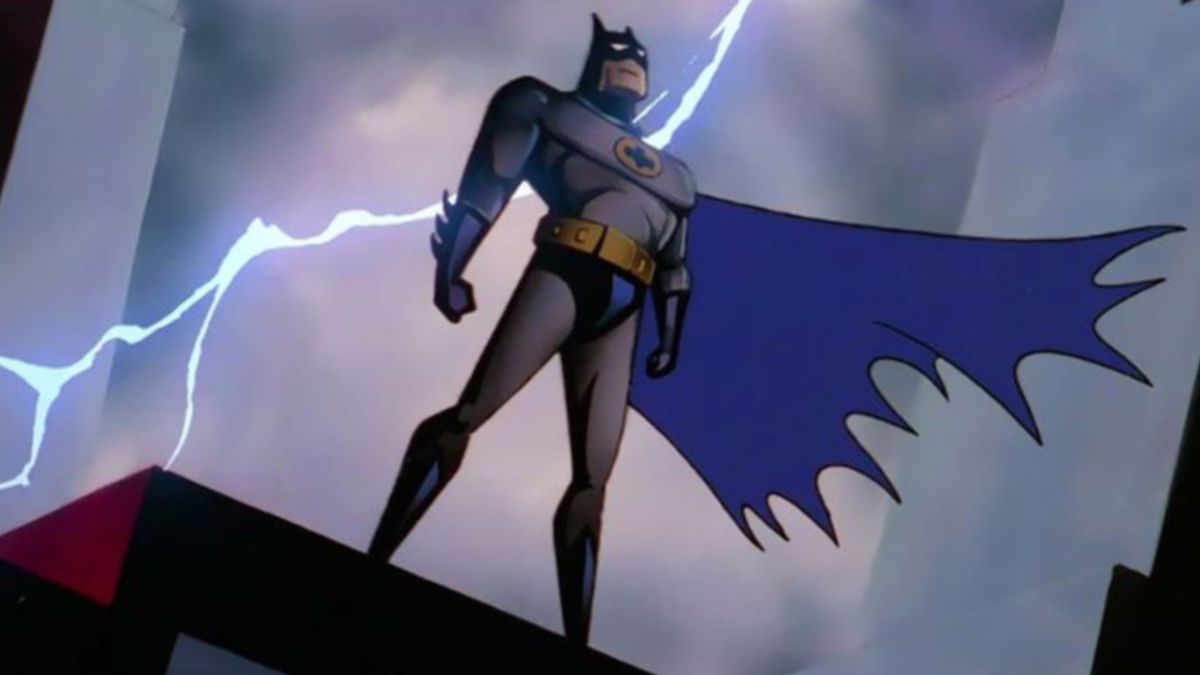
Batman: The Animated Series ran for just 85 episodes across four seasons in the early '90s, but its impact is still being felt 30 years later. For many, as noted by Catwoman writer Tini Howard, Batman: The Animated Series defines Gotham and its cast of characters – and the DC comic book universe (DCU) has been widely affected by decisions made for the show in the decades since it aired.
The show's effects go beyond introducing popular characters to comics canon, like Harley Quinn and Renee Montoya. Batman: The Animated Series also overhauled major character backstories and introduced the world to definitive takes on villains, like Mr. Freeze and the Joker, respectively.
September 5, 2022 marks the official 30th anniversary of Batman: The Animated Series. To celebrate, let's examine how the show has changed the DC comics Universe, for better or worse.
New characters introduced in Batman: The Animated Series
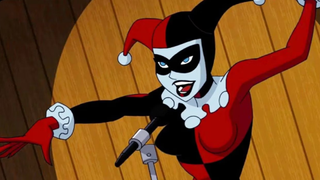
Batman: The Animated Series introduced several original characters not previously seen in other Batman media, including the comics, TV show, or movies – although series co-creators Bruce Timm and Eric Radomski were majorly influenced by Tim Burton's Batman films in the show's approach and aesthetics. The two most famous characters created for the show, who have since appeared in both the comics and the DCEU, are Harley Quinn and Detective Renee Montoya.
In B:TAS, Harley, AKA Dr. Harleen Quinzel, was introduced in season 1 as the Joker's sidekick. She then became his on-again, off-again love interest in the DC Animated Universe and made her first appearance in the comics in 1999. Since then, she's become one of the most popular characters in the DCU, with multiple solo and team-up titles, as well as a starring role in the Suicide Squad films and Birds of Prey. Now, she has her own animated series, which is far more adult-oriented than B:TAS.
Similarly, Renee Montoya, AKA the Question, was created for Batman: The Animated Series, though she was preemptively introduced in the comics in March 1992, six months before the show debuted. Although Renee was originally written as a heterosexual widow, she was later rewritten as a lesbian and became the primary love interest for Kate Kane (Batwoman). Renee appears alongside Harley in the Birds of Prey film.
A handful of other original characters from Batman: The Animated Series have made the jump to comics, as well, though they haven't had as large of an impact as Harley or Renee – yet.
Comic deals, prizes and latest news
Get the best comic news, insights, opinions, analysis and more!
Nora Fries, AKA Mrs. Freeze, AKA Lazara, was created for Batman: The Animated Series to give the villain Mr. Freeze a more compelling origin story (more on that later). She made her comic book debut in 1997, and her first appearance as the supervillain Lazara came in Batgirl #70 (2006), after she's thrown into the Lazarus Pit and absorbs its alchemy.
Andrea Beaumont, AKA Phantasm, actually made her first appearance in the DC Animated Universe film Batman: Mask of the Phantasm, which ties into the animated series. She is Bruce's ex-fiancee from when he first started his vigilante career, and they cross paths as their alter egos when she attempts to avenge her late father. Her first comic book appearance wasn't until the alt-continuity series Batman/Catwoman in 2020, as a threat to Bruce and Selina.
Terrorist leader Red Claw is the B:TAS original character to most recently arrive in the DCU. Red Claw made her first comics appearance in Catwoman #43, and seems likely to stick around for a while.
Then there's Lyle Bolton, AKA Lock-Up, a former prison guard who becomes a vigilante with an eagerness to kill, whose first comic book appearance came in Robin #24 (1996). Slapstick villain Mitchell Mayo, AKA Condiment King, made his way to comics in Batgirl: Year One in 2003. And Kyodai Ken, a powerful ninja, first appeared in comics in 2019's Detective Comics #996.
How Batman: The Animated Series changed existing DC characters
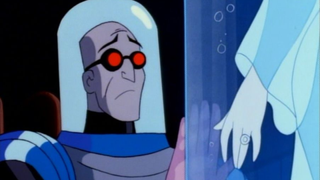
Batman: The Animated Series didn't just introduce new characters to Gotham; it also made choices about existing DC characters that would be later adopted into the main comics canon.
The most prominent example is the villain Mr. Freeze. Originally introduced as Mr. Zero in 1959 by creators Dave Wood, Sheldon Moldoff, and Bob Kane, he would be renamed Mr. Freeze in 1966 and then completely reimagined by writer Paul Dini in Batman: The Animated Series in 1992.
In Batman: The Animated Series, Mr. Freeze – now AKA Dr. Victor Fries – takes on a tragic backstory that was later adopted in the comics and has remained canon. In the cartoon, Fries is a cryogenic expert hellbent on finding a cure for his terminally ill wife, Nora.
He becomes Mr. Freeze after a laboratory accident forces him to wear a cryogenic suit to survive, but his determination to save his wife never wavers. Since this portrayal, Nora and Victor have both become canon in the DC Universe.
Villains like Clayface got similarly updated or revamped backstories in the animated series, while others – like Poison Ivy – were simply made to be more consistent than their comics counterparts. Batman: The Animated Series also established connections between certain characters, like the friendly relationship between Harley and Ivy (which has since been confirmed as romance).
Then there's Mark Hamill's Joker, who made such a strong impression that he's become the "definitive" version of the character. Hamill has stated in the past that he practiced different Joker laughs to illustrate the villain's mood, and there are compilations of his laugh all over the Internet. Because of his popularity in the role, Hamill holds the record for longest-running Joker, and he's still tapped to voice animated versions of the character today.
How Batman: The Animated Series defines Gotham itself
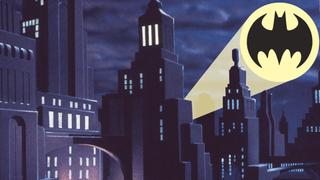
As previously mentioned, Batman: The Animated Series was largely influenced by Tim Burton's Batman saga, including its dark aesthetic and gothic undertones.
Show creators Bruce Timm and Eric Radomski even created a style of background illustration known as Dark Deco, which involves painting backgrounds on black paper and leaving the darkest sections unpainted. This gives the show its signature look.
The goal with using Dark Deco on Batman: The Animated Series was to make the show look "timeless," and given its continuing popularity and pop culture relevance 30 years later, it obviously succeeded.
It's also worth noting that this particular take on Gotham City introduces elements that are still used in comic books and films featuring the Caped Crusader – most notably, the noir-influenced architecture and Gotham City Police Department blimps. There's rarely a blue sky and the city's skyscrapers seem almost menacing, in a way that's heavily influenced the Gotham aesthetic in nearly every Batman project since.
This world was always a dark one, but Batman: The Animated Series heightened that darkness and made a lasting impact.
Keep up with all the upcoming Batman comics, graphic novels, and collections from DC.

Samantha Puc (she/they) is an editor at Newsarama and an avid comics fan. Their writing has been featured on Refinery29, Bitch Media, them., The Beat, The Mary Sue, and elsewhere. She is currently pursuing a Master of Fine Arts degree in creative nonfiction at The New School.
Most Popular





